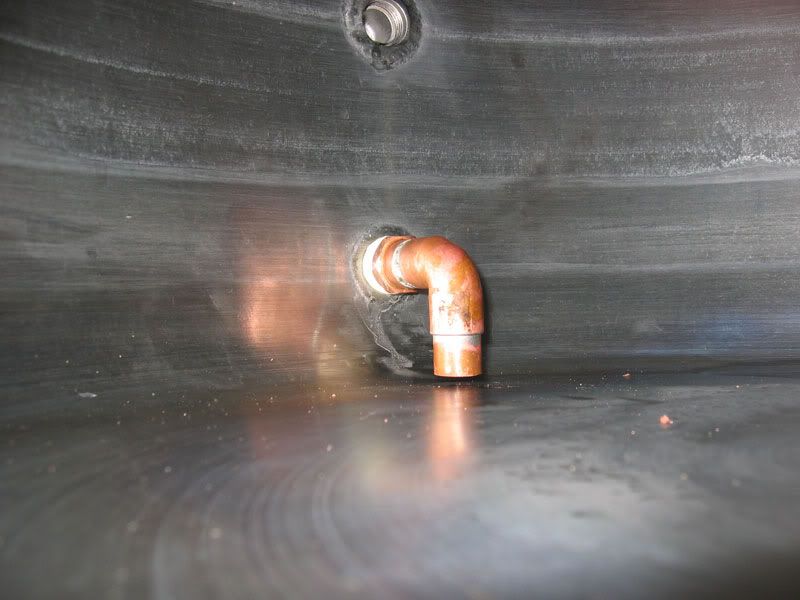Looking for some information, as I am getting my homebrewing started and trying to get some half-decent equipment.
Ive been looking at the different brew pots available, in the 5-10 gallon range, and noticed that one difference that stands between many of the less and more expensive ones is the ball valve on the more expensive ones.
Can someone please let me know the function of the valve, if you think its worth the money, and if there are other accessories I would need to take advantage of this feature...
Much appreciated, thanks
Ive been looking at the different brew pots available, in the 5-10 gallon range, and noticed that one difference that stands between many of the less and more expensive ones is the ball valve on the more expensive ones.
Can someone please let me know the function of the valve, if you think its worth the money, and if there are other accessories I would need to take advantage of this feature...
Much appreciated, thanks



